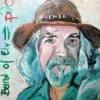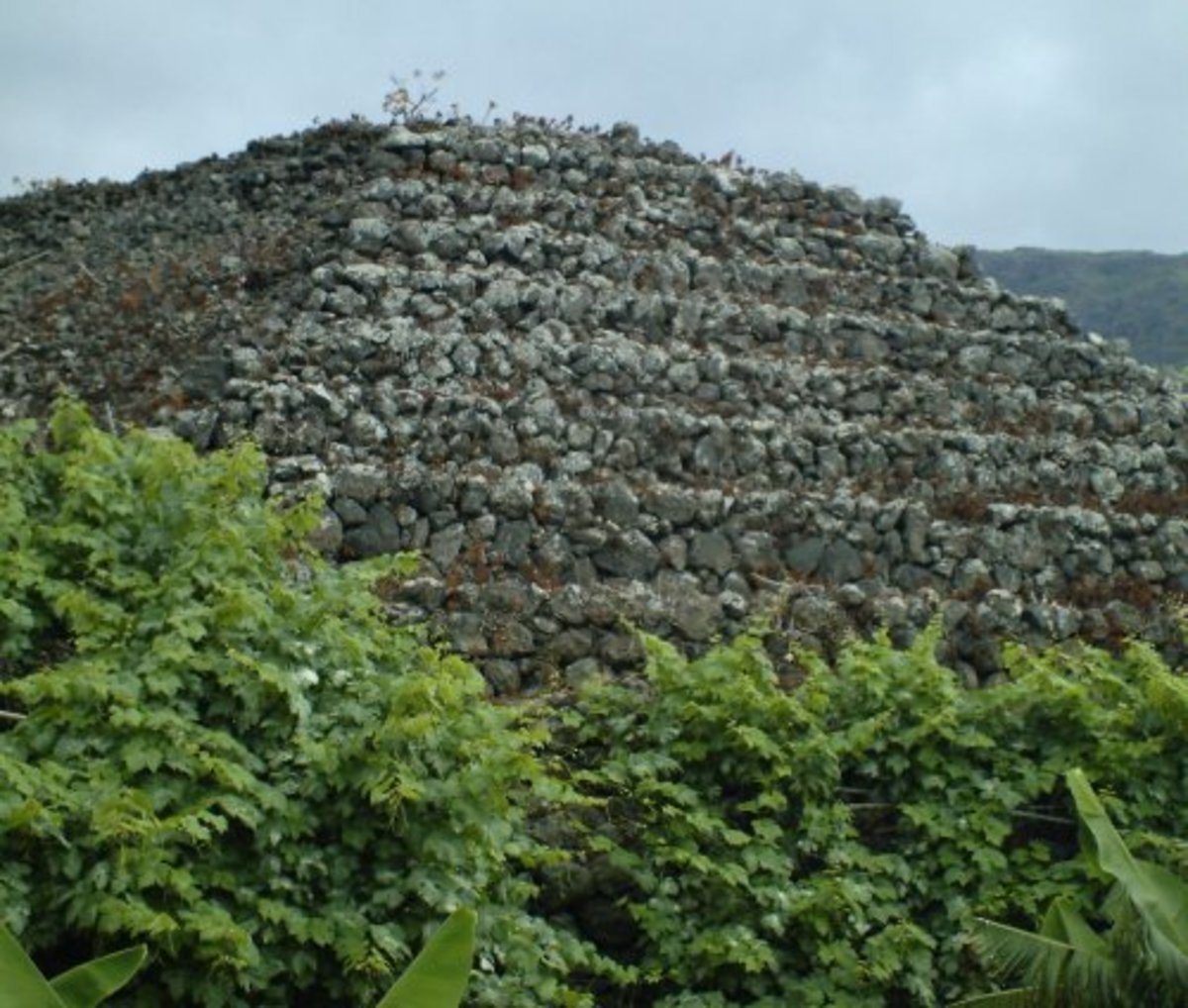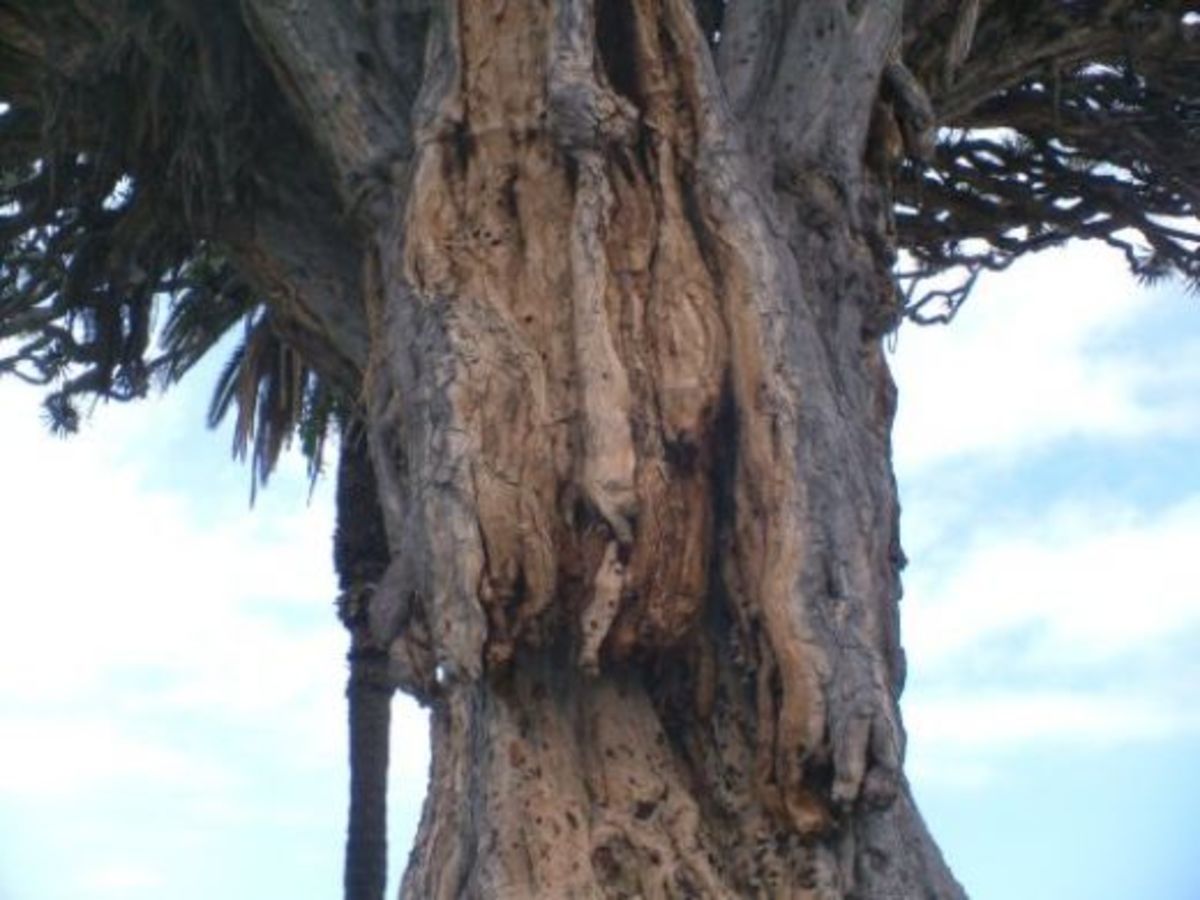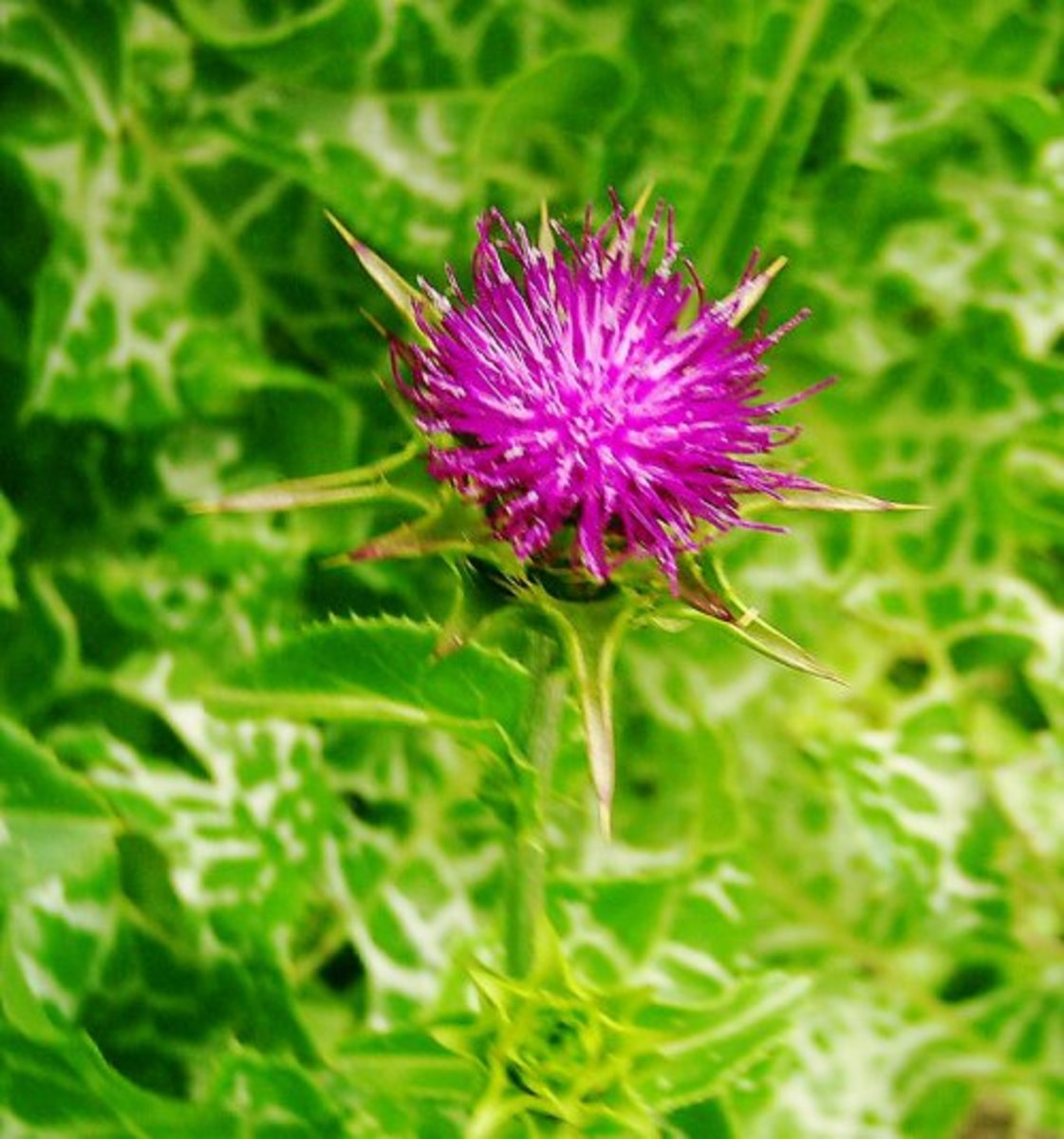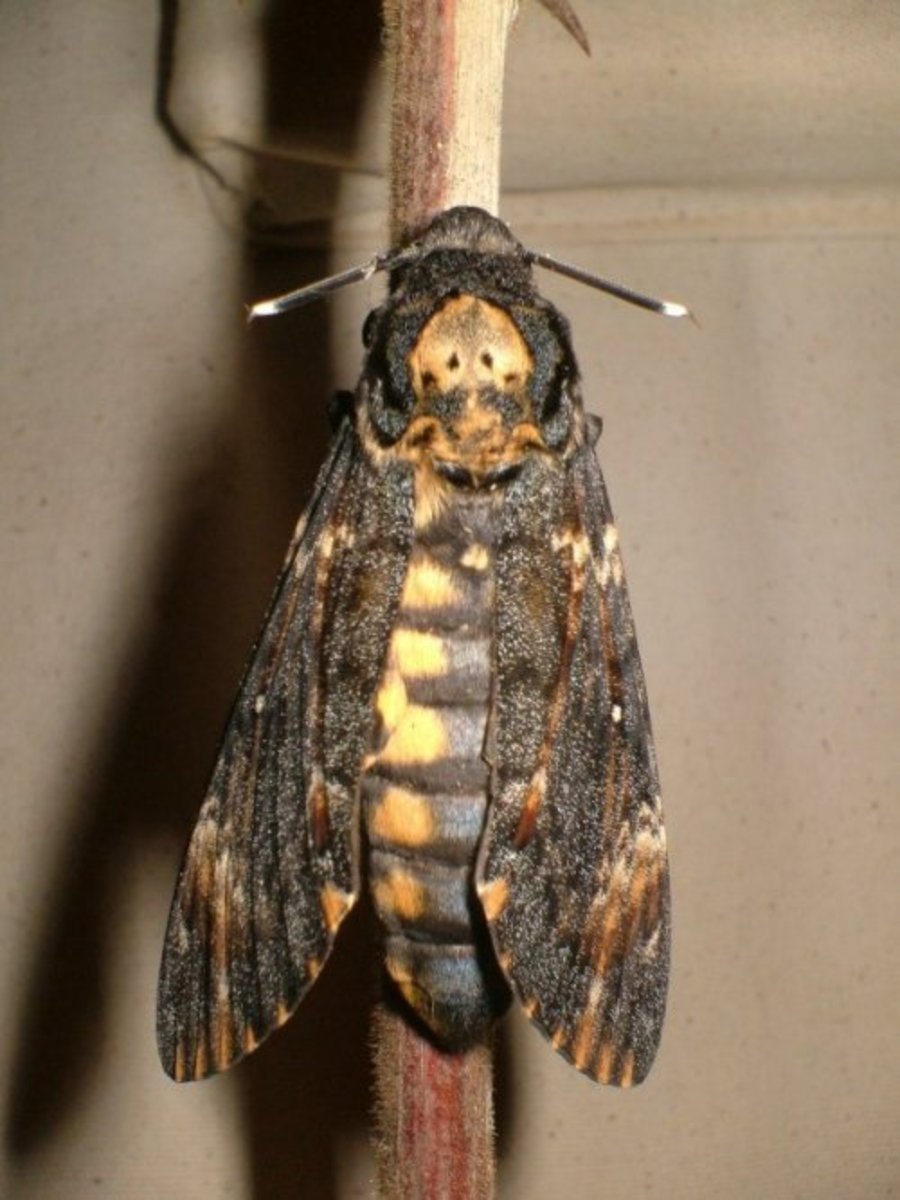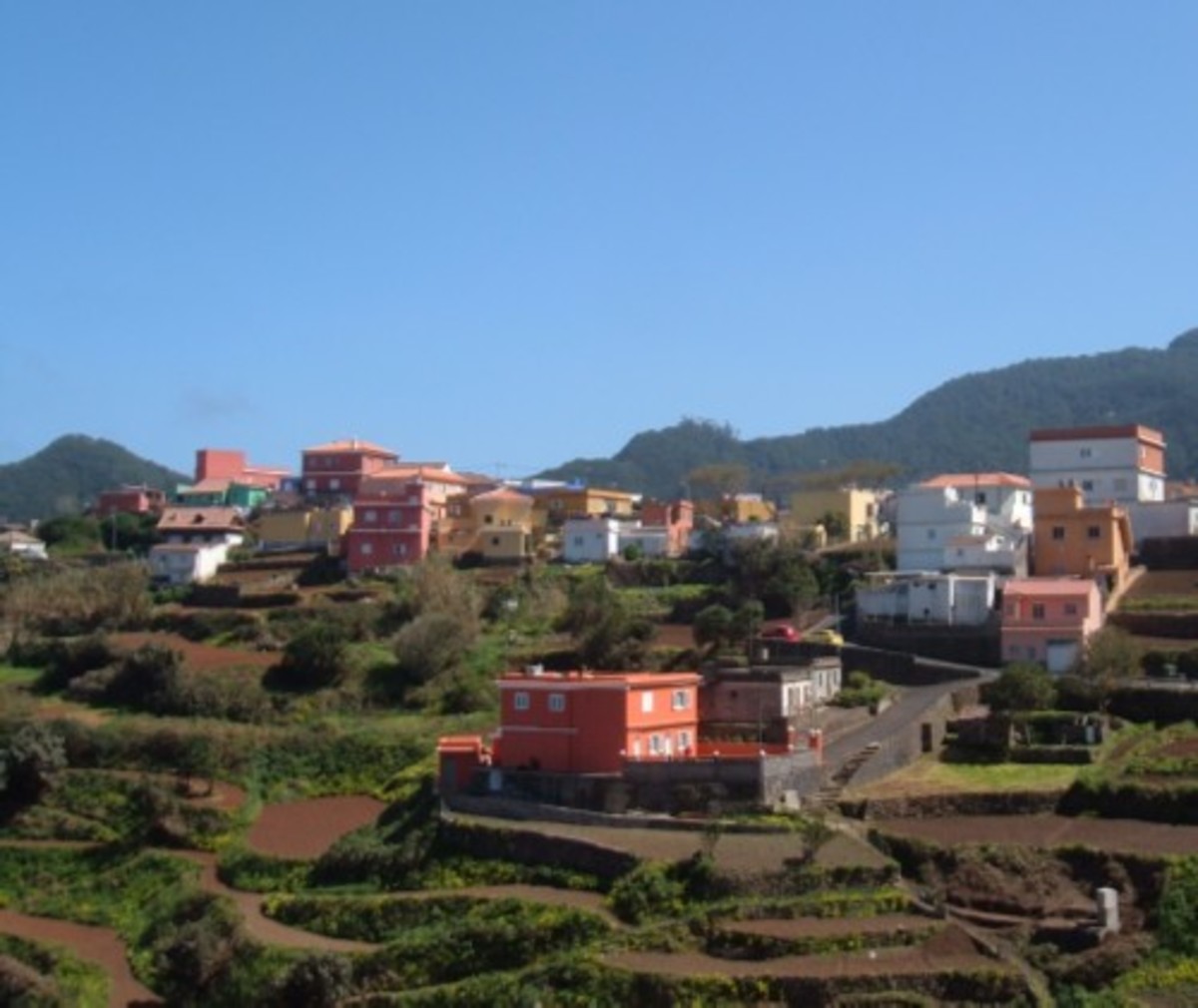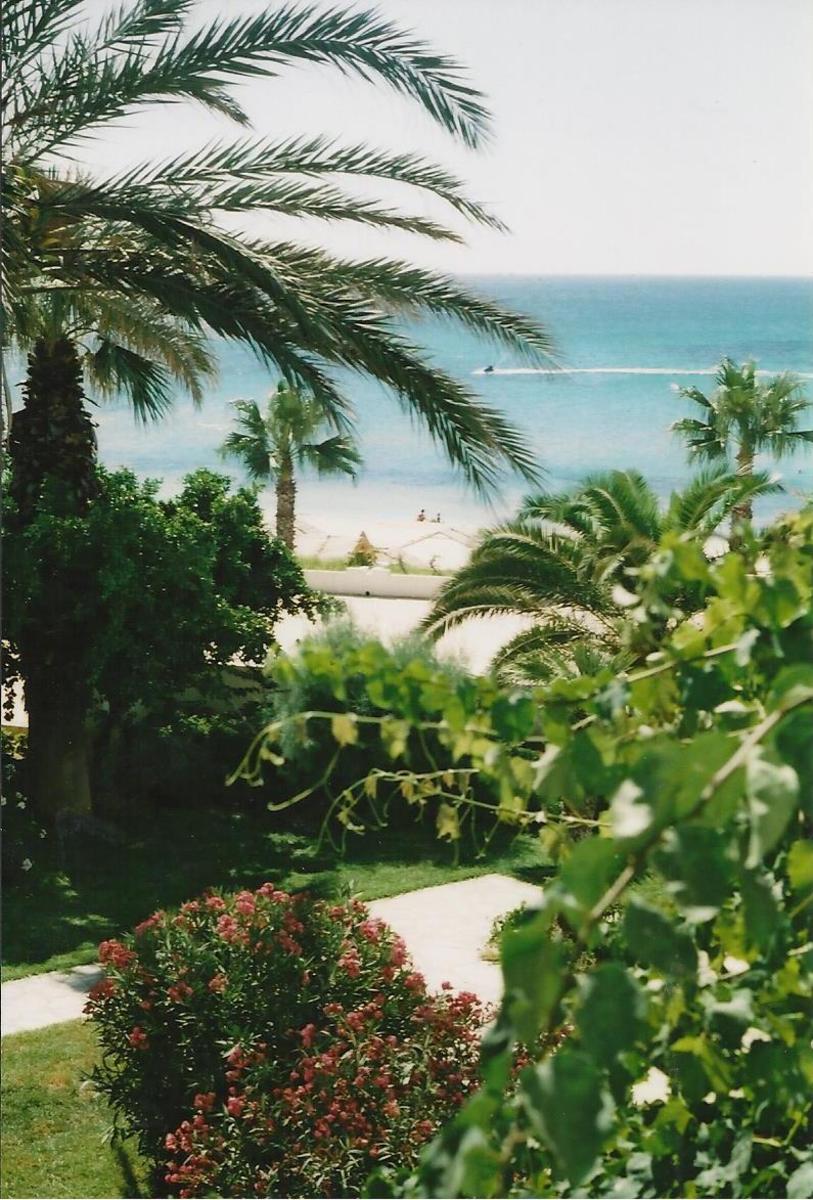- HubPages»
- Travel and Places»
- Visiting Africa»
- Travel to Northern Africa
Not only a Canary Islands Dragon Tree in Icod de los Vinos
Icod de los Vinos photos
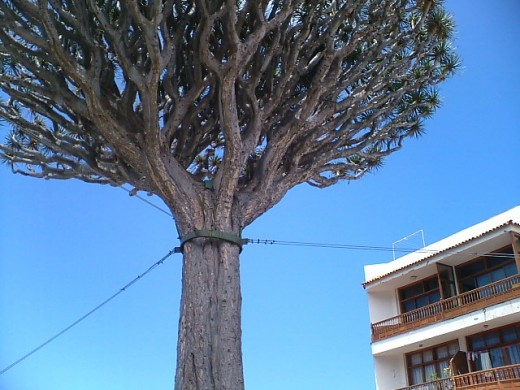
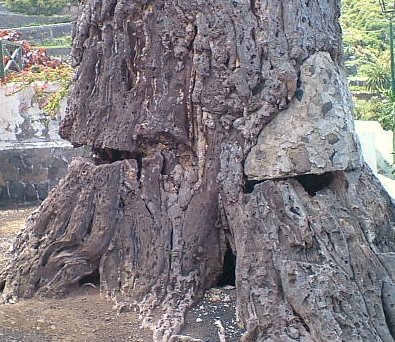
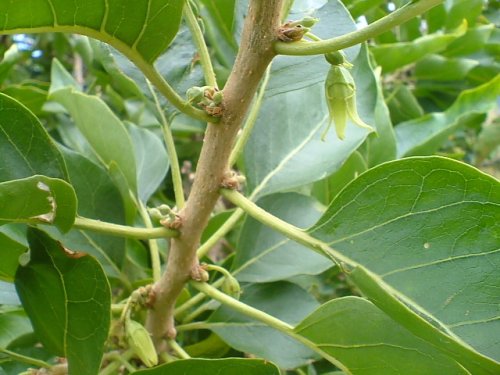

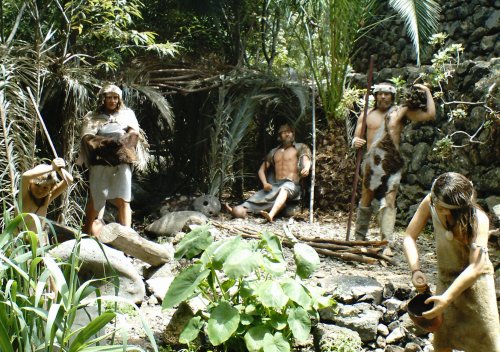
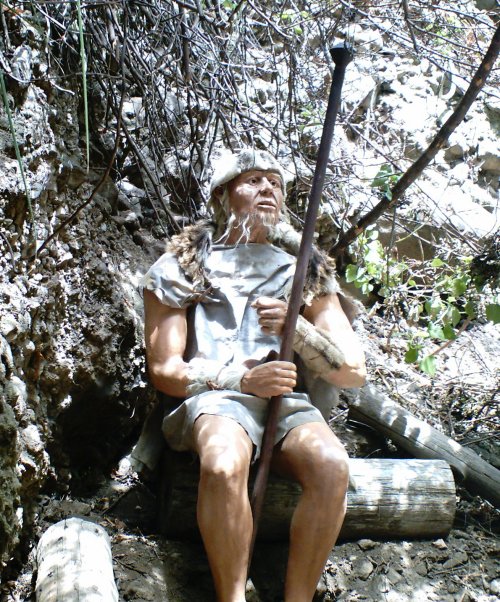
A second ancient Dragon Tree is home for so many creatures
Icod de los Vinos is a town in Tenerife in the Canary Islands that I love, and the first time I went there it was to see its famous thousand-year-old Dragon Tree but there is far more that fascinates me about the place. For a start there is a second ancient specimen of this type of tree that not so many people know about. This tree is home to many forms of life including honeybees and lizards.
Up the hill at Plaza Jose Manuel Cabrera is where it grows and I set out to find it having spied it from the bus when I have been leaving the town on previous occasions. This Dragon Tree you can view for free and is well worth seeing.
There are lucky people living right next to this second tree with balconies level with its mighty tangle of crowning branches and what an incredible view they have. But down below at the foot of its huge trunk is something equally remarkable.
Going in and out of a big crack into a hollow in the tree there are a stream of honeybees. The trunk has made a living beehive and I have read that these tree trunks used to be hollowed out and used for this very purpose.
But not only are there these hard-working insects living there but also a colony of Tenerife lizards had set up home in the tangled roots. They bask in the sun on the ground around its base and forage for food but if anything frightens them they quickly scamper into the safety of the bottom of the tree.
What a wonderful place, I was thinking, and added to the attraction of this square and its tree and wildlife, there are well-maintained flower borders around it as well. In one of these was a cheeky Chiff-chaff, a little bird I always enjoy seeing and hearing as they bob their tales up and down like the little bundles of bird energy they are.
The Chif-chaff is smaller and daintier than a Sparrow and it makes a more or less constant cheeping "hu-eet" call as it flits about hunting flies and other insects. Often they catch their food in mid-air and I have spent ages watching a pair that were living outside the place I have been staying.
It was regarding living quarters that I was last in Icod because I was on the lookout for a new home and was on general walkabout around the area. This was how I discovered many delights I had missed on past visits.
On much of the waste ground on the way down to Playa San Marcos I spotted huge clumps of Canary Island St. John's Wort in full bloom. The golden yellow starry flowers were unmistakeable in the sunlight.
St. John's Wort is a very useful herb used for treating depression and it come to be known as "Nature's Prozac" and also as the "Sunshine Herb." Just looking at its gleaming flowers is enough to lift my spirits!
Not only did I find this wildflower but also I came upon Orobal growing in profusion and as big as small trees, and this is one of the most useful medicinal herbs in the Canary Islands. It is also known as Canary Island Ginseng because it is believed to be such an excellent all round tonic and an aphrodisiac too.
Orobal has small greenish bell-like flowers that turn into golden berries housed in green calyx cups, and it these that give the plant its name from the Latin "aurum," meaning gold. I had been looking for this herb since I had moved to Tenerife so now I really had struck gold, well, herbal gold at least!
But no visit to Icod is complete without spending some time at the Parque del Drago and on this occasion there was a wonderful surprise awaiting me because they have opened up a whole new section with a Guanche cave and also life-size figures of these original Canary Island inhabitants. There are Guanche men placed in natural looking settings in the shrub borders of the park, with some drying goatskins on wooden stick frames and others in a little village of palm leaf huts.
There is a figure of a Guanche boy about to strike a realistic looking lizard on a big block of stone. There is a Guanche woman sat by a fire with her clay pots.
Inside the cave is really spooky with some sections lit up to display bones and skulls. There is a pool that looks like a mirror in the low lighting and weird New Age music playing as you find your way around in the dim light.
For my money, Parque del Drago has got to be the best park in Tenerife and now it is like travelling back in time. Imagine walking though bushes and trees and coming face to face with a Guanche warrior - well, here you can experience what that's like.
Footnote: First published in the Tenerife Sun
Planting a Dragon Tree
Dragon Trees are easy enough to grow from seed though they take from three weeks to a month or more to germinate. If you are in Tenerife you can collect the orange berries that hold the seeds from underneath a tree that has been in flower or buy them in a packet from a shop. If you are not on the island you should be able to find them online from eBay, Amazon and elsewhere.
They take a long time to grow and need to be kept indoors in winter if you live in a place where the temperature drops below zero in autumn and winter but they are worth growing. A Dragon Tree houseplant is very unusual.
Dragon Tree care is simple enough. They accept most soils and don't need a lot of water being adapted to withstand drought. Make sure you don't water them with fluoride in the water though because dracaenas are very sensitive to this.
For more dragon tree facts you can read more here.
© 2008 Steve Andrews
